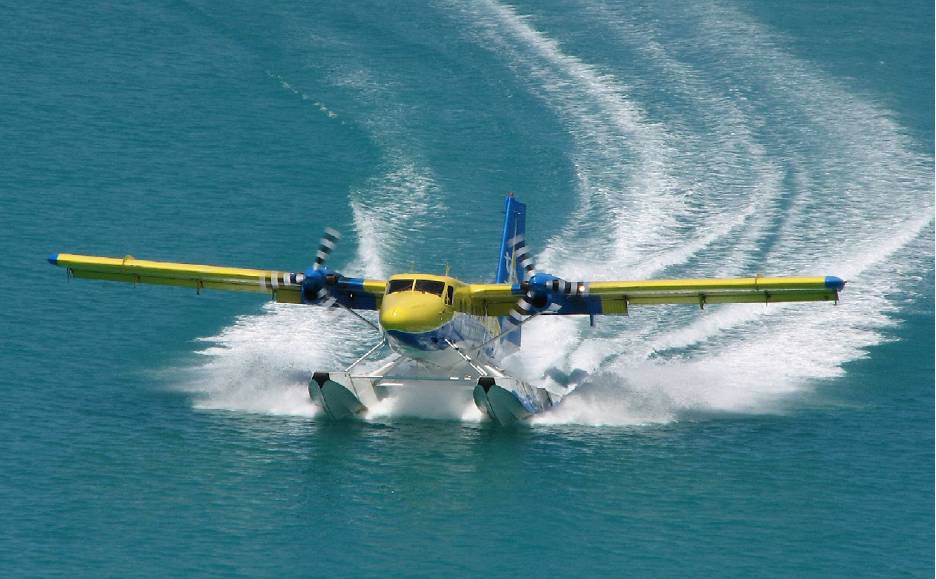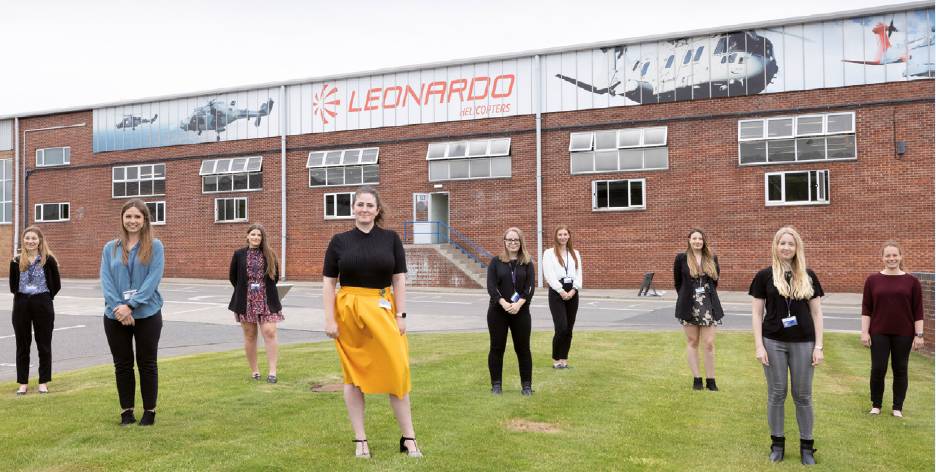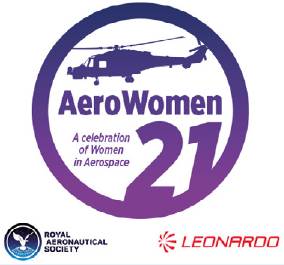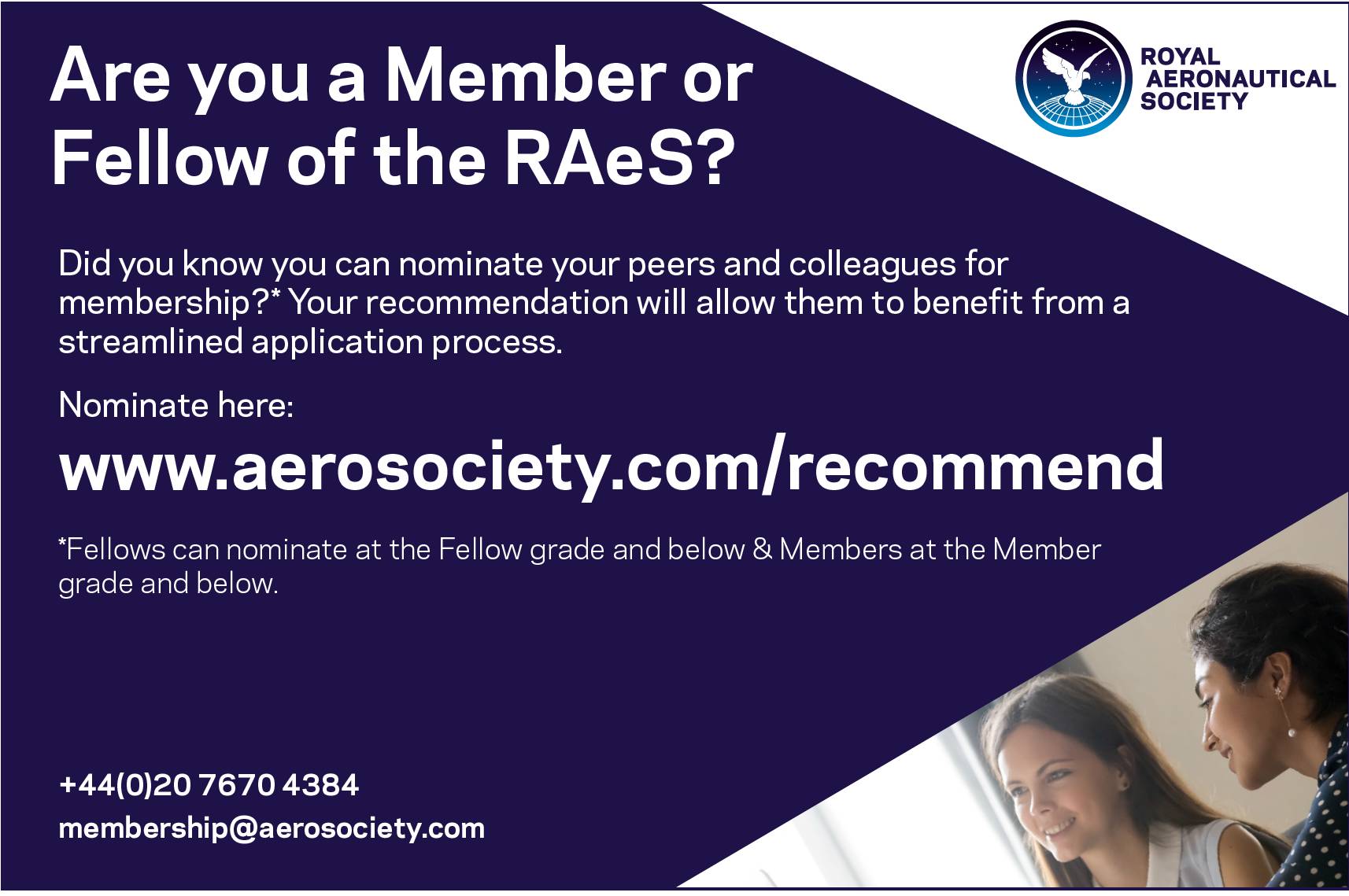Society news
Society news
The Yellowfin all-electric seaplane
How does one design an aircraft for zero-carbon tourism and humanitarian missions in one of the most beautiful but ecologically fragile places in the world? OLIVIA TOMLINSON explains how a Loughborough University student design team took on the challenge of sustainable aviation in the Maldives.
As part of a final year project, 13 MEng Aeronautical Engineering finalists from Loughborough University (team Abeona) were tasked with designing a solution to relieve some of the pressing transport issues experienced within the Maldives. Due to its remote nature and lack of infrastructure, this posed quite a challenge. The final concept was an all-electric, low-emission seaplane which can be used in both the tourism and medical sectors due to its convertible cabin. The aircraft was named the Yellowfin, a tribute to the Maldives’ national animal – the yellowfin tuna.
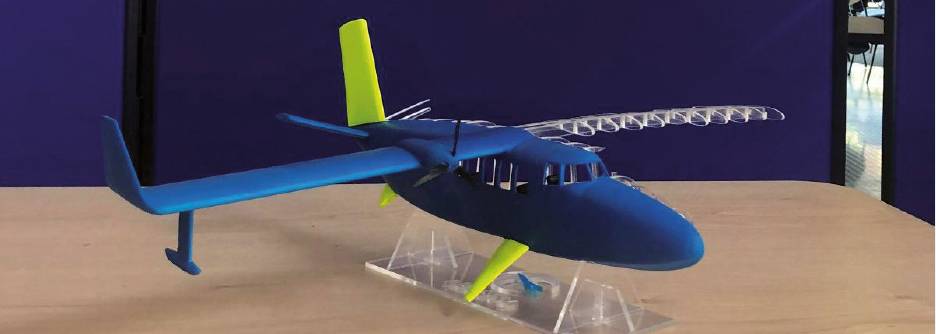 A model of Yellowfin. Abeona.
A model of Yellowfin. Abeona.
The Republic of Maldives (the Maldives), is an archipelago state located southwest of India, consisting of 200 inhabited islands and 80 tourist resorts1 grouped into 20 natural atolls. The current transport system utilises a fleet of 57 de Havilland DHC-6 Twin Otters, operated by Trans-Maldivian Airways (TMA), as well as boats and ferries. (see https://www.aerosociety.com/news/seaplane-paradise/) However, these can be unreliable, particularly in bad weather and only operate during daylight hours. Through group research we found that it has become increasingly apparent that this is becoming inadequate for the needs of the Maldives. The Maldivian tourism industry is expanding but the transport system has not evolved with it, and is becoming dated. The Covid-19 pandemic has revealed short-comings in the transportation of patients and medical equipment. In a country with an above-average number of Beta-thalassaemia patients, efficient transport is essential.
As a result, the student team developed a concept for a multi-use aircraft, the Yellowfin, to suit the needs of both the tourism and medical sectors. The Yellowfin is an all-electric aircraft, with an entry-to-service date of 2035, and has been designed to align with the ACARE Flightpath 2050 targets, reducing Abeona’s emissions contribution. The Yellowfin has a cruise speed of 275km/h at an altitude of 5,000ft, with a design range of 300km on one charge. It also has a flexible interior, so it can be easily adapted to suit operator needs, with removable seats and hardpoints for medical equipment. The primary use of the Yellowfin will be in the tourism industry but, outside of the main tourism season (November to April), medical transport will serve as a secondary use, increasing revenue for operators. With a capacity of six passengers, the Yellowfin can reduce the wait times associated with seaplane transfers in the Maldives due to the high usage of the Twin Otters.
Detailed design from the team has resulted in a competitive aircraft with an advanced navigation suite and LIDAR allowing for safe water landings at night. Lithium-sulphur batteries power the Yellowfin and offer a much higher energy density compared to competitors. The landing gear consists of two sets of hydrofoils, allowing for a significant drag reduction during take-off when compared to traditional seaplane float landing gear. The aircraft structures team designed the structures to give a high factor of safety over all flight phases and the aerodynamic surfaces were designed to ensure stability in all configurations.
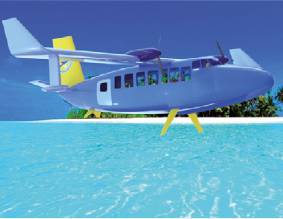 An artist’s impression of Yellowfin. Abeona.
An artist’s impression of Yellowfin. Abeona.
As part of this project, the Abeona team also developed a comprehensive business plan as if the aircraft were to be integrated into the Maldives and sold to operators. During the first five years, operator feedback will be utilised to update the aircraft, ensuring it satisfies operator needs and remains a competitive solution within the Maldives. Initially, it is intended that Yellowfin will be adopted by current and new seaplane operators and potentially receive funding and support from the governmental bodies within the Maldives, particularly for humanitarian and essential missions. This will increase the appeal of the Yellowfin to operators, as they will be able to open new revenue streams. With multiple years of experience in the Maldives, Abeona would then look to expand into other archipelago regions, such as Canada or the Philippines. The Yellowfin would be marketed as aiming to solve similar transport system issues that arise due to the geographical similarities between these countries.
Once the Yellowfin is well established in each region, Abeona’s plan would be to work with operators to implement an ‘air taxi’ system, operated via an app or website. This would allow both tourists and residents to easily book cheap transfers between islands, without having to wait for scheduled flights or boats. The Yellowfin is particularly suited for this use, due to its small passenger capacity of six.
The team also noted potential issues in terms of short battery lifetime and the negative outlook associated with waste from the aviation industry. As a result, a battery lease scheme will also be implemented to increase Abeona’s income. After the battery packs on each aircraft deteriorate past suitability for use (expected to take a minimum of five years), they can be leased to third-parties as high-capacity electricity storage solutions. One potential customer could be the resorts and hotels operating in the Maldives, which currently use diesel generators to meet their power demands. With the Maldivian government pushing for an increase in usage of renewable energy2, the used battery packs could help resorts transition to renewables by smoothing the demand on natural sources. For example, the pack could store solar power during the day, and release it during the night. The batteries could also be leased back to Yellowfin operators, as fast-charging stations for the aircraft. This would increase their utilisation of the Yellowfin and allow both Abeona and the operators to move towards net-zero carbon operations.
